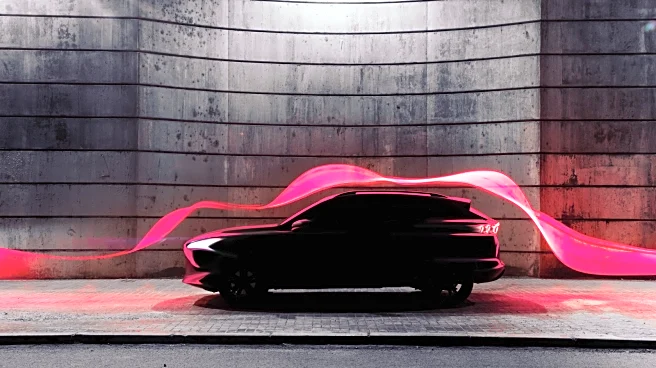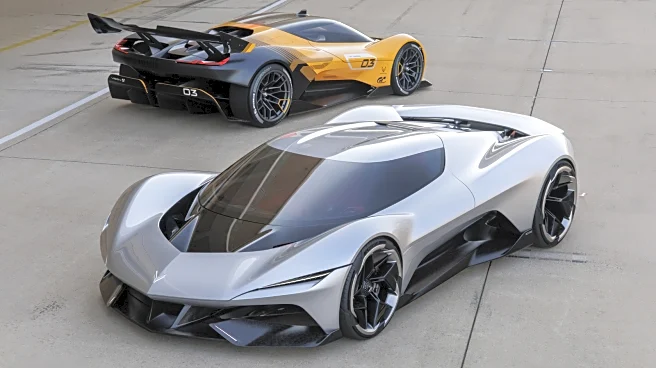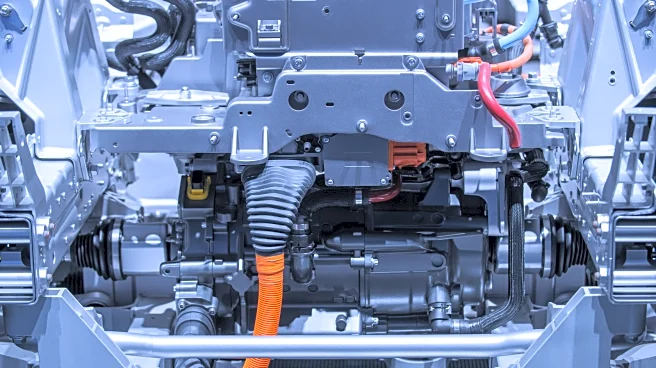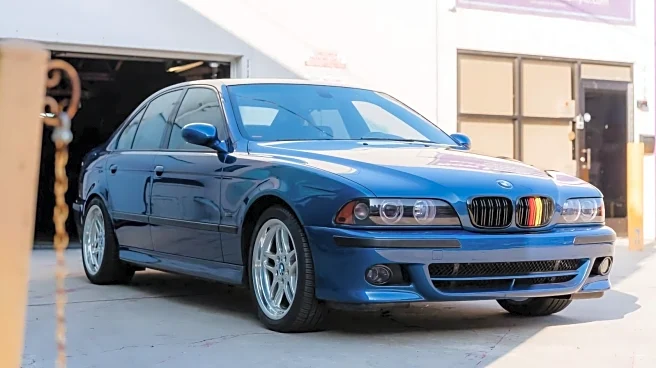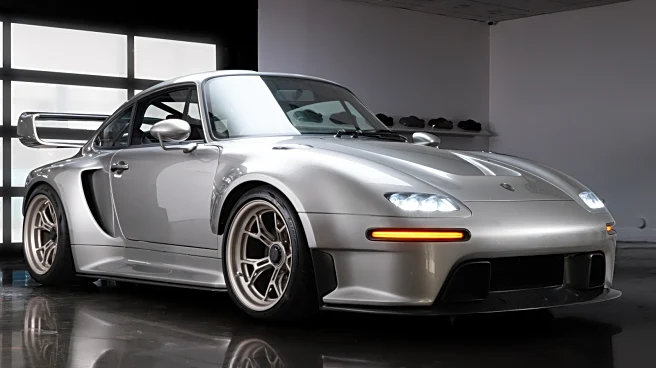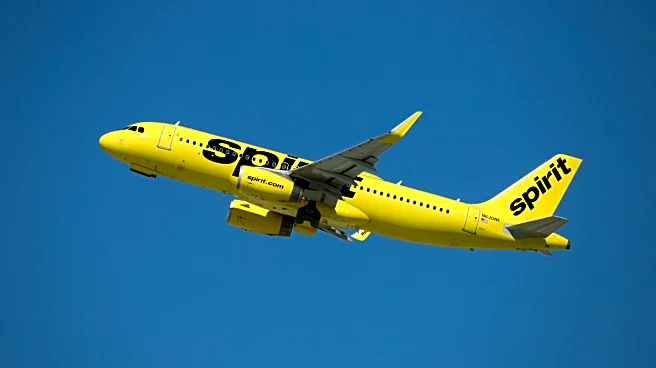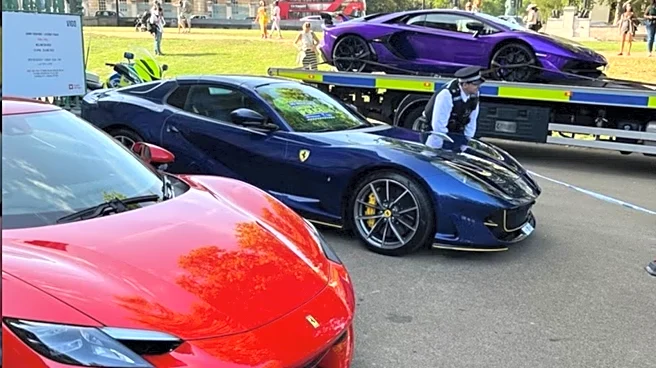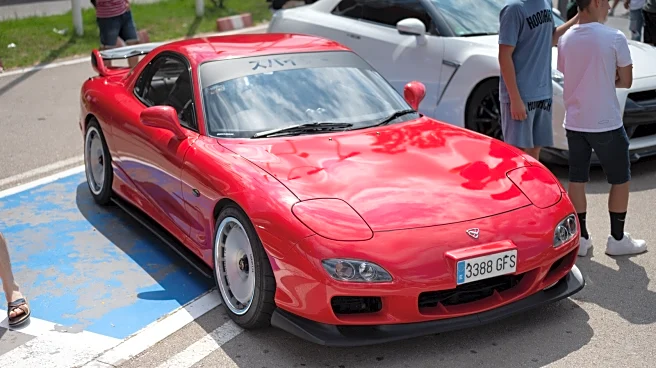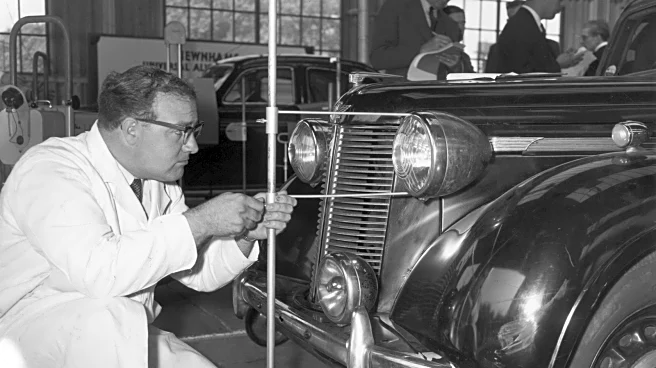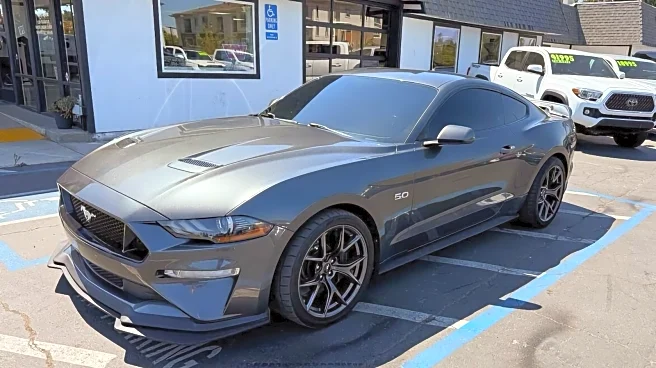
So you've gotten your shiny new EV, and you're worried about range, or you're just looking at gas prices and trying to maximize how far your dollar gets you. Maybe you saw Chevy drive a Silverado EV for 1,059 miles on a single charge, and you're wondering how the folks over there did it. Well, fortunately, the answer is simple. Unfortunately, it's not incredibly practical.
See, you can maximize your range easily, you just have to never be in much of a hurry. Driving more slowly will increase your range,
but how? We can turn to physics for the answer, specifically the equations around drag. Drag can be calculated with a formula that's nigh impossible to type out in any sensible way:
D = Cd * ((ρ*V^2)/2) * A
D is drag, Cd is the coefficient of drag, ρ is the air density, V is velocity, and A is reference area (the size of the vehicle).
Confused? Yeah, it makes very little sense written out like this. But we can explain it, and figure out why it tells us to drive slowly.
Read more: Save Your Engine: 5 Tips For Preventing And Cleaning Carbon Buildup
It's Not That Complicated

Automakers love to brag about reducing the coefficient of drag of their vehicles, making them more slippery in the air, and that's an admirable goal. According to our equation, if all other variables are equal, drag will scale linearly with the car's coefficient of drag. It's a one-to-one effect, so automakers see direct fuel economy and range gains by lowering that Cd. But velocity, V, doesn't scale linearly with drag — it's squared in the equation. This means it has an outsized effect on the drag that your vehicle needs to overcome (and the energy needed to overcome it).
Increasing a vehicle's coefficient of drag makes it harder to push through the air. Increasing its speed makes it much harder to push through the air, far more so than anything else in our equation. It's not something you can get around with fancy engineering, the formula is what it is — and it says that Chevy's method of cruising that Silverado EV around at low speeds was the biggest contributor to its record-breaking range. It's not hard, it's not complex, but it's very inconvenient if you're in a rush.
Want more like this? Join the Jalopnik newsletter to get the latest auto news sent straight to your inbox...
Read the original article on Jalopnik.
